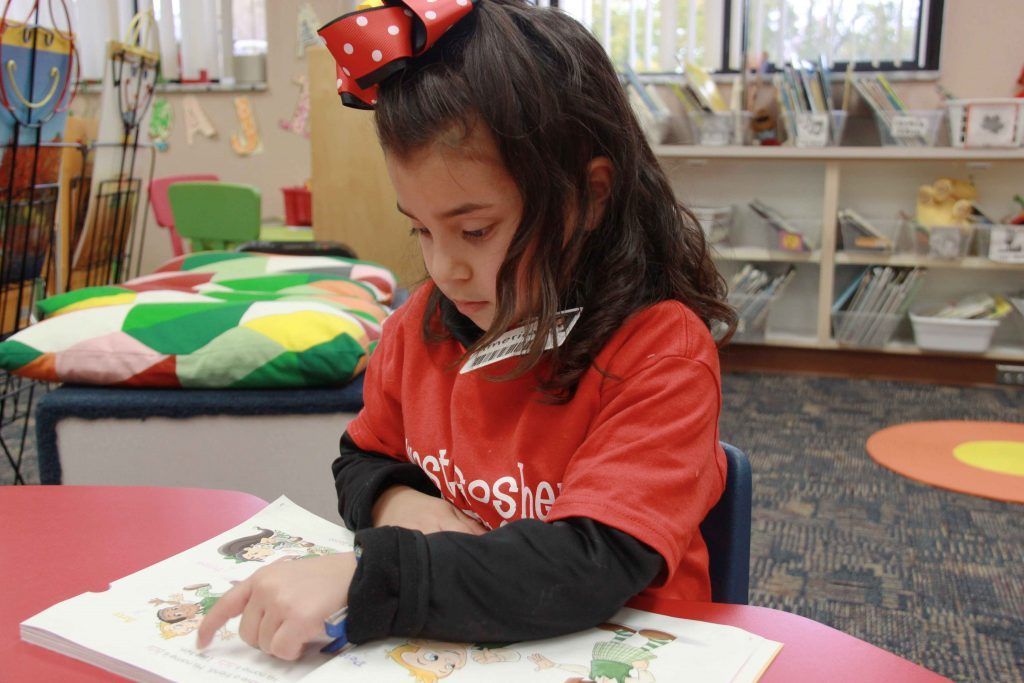The topic of social and emotional learning has emerged as a key topic of discussion in education, especially when it comes to discussions about our youngest learners as they prepare to enter school. So what is social and emotional learning and why is it important?
According to the Collaborative for Academic, Social, and Emotional Learning (CASEL) , “Social and emotional learning (SEL) is the process through which children and adults acquire and effectively apply the knowledge, attitudes, and skills necessary to understand and manage emotions, set and achieve positive goals, feel and show empathy for others, establish and maintain positive relationships, and make responsible decisions.”
Helping a child create a solid foundation in social and emotional learning is critical to his success as a student and in life. It will help him grow into a more confident, caring adult and member of the community, allowing him to make positive contributions and improvements to society.
There are many things education leaders, teachers, parents and families can do to teach young learners essential SEL skills, and CASEL provides many suggestions. Here are just a few of their tips:
- Administrators: Education leaders can let staff, families and the community know they are committed to SEL as a priority. They can ask staff to help come up with an action plan for SEL implementation and provide resources to make it happen.
- Teachers: Teachers should get involved to help choose and implement an SEL program. They can model and give students opportunities in class to practice their SEL skills. They should keep communication open with caregivers by discussing the SEL activities students are participating in and encouraging them to reinforce SEL at home.
- Parents and Families: Parents and families should also be involved in the planning and implementation of the SEL program, working as a team with administrators and teachers. They can volunteer at their child’s school or classroom and participate in school meetings about SEL. They should also encourage their child to use SEL skills when interacting with others, for example, in community service projects.
Healthy social and emotional development skills are built right into the GrapeSEED program. Activities and messages of sharing, taking turns, being kind, and using good manners appear throughout GrapeSEED lessons and materials. With GrapeSEED, students not only learn essential oral language and critical listening skills, but they learn to be caring and respectful of others at the same time.

Awareness of the benefits of SEL is spreading. Research shows that socially and emotionally competent children perform better academically and demonstrate better social behavior. And the sooner we start nurturing healthy social and emotional development in a child, the better chance she has to succeed in school and throughout her life.
What are you or your school doing to foster SEL in school, the classroom or home? Share with us on the GrapeSEED Facebook page !





